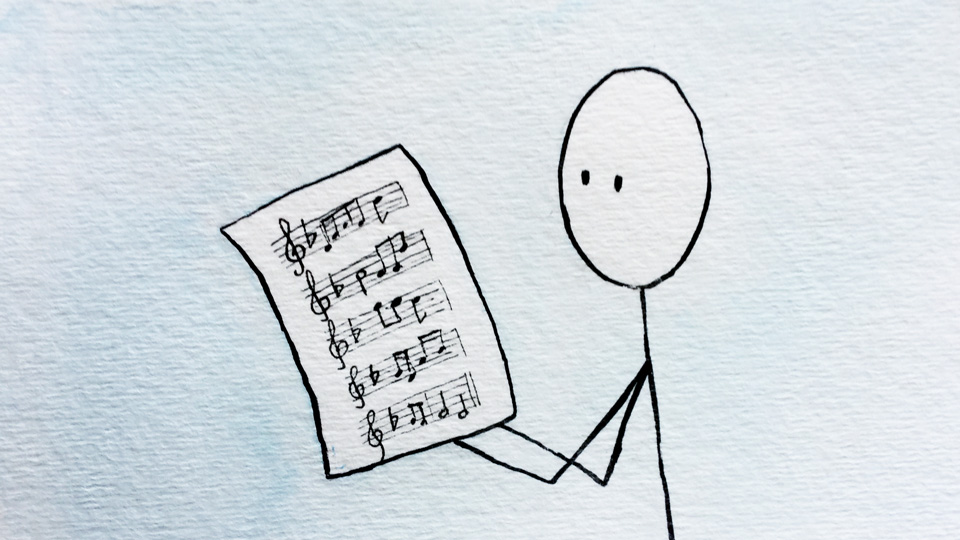Dear David,
Thank you for the excellent method, which I am truly enjoying. I have a question with respect to naming the notes. I understand that you always want us to see where we are in the overall key of the music. So you have us think of the relative minor as note 6 for jazz standards that are in a minor key.
But over the years I have learned to think of the root of each harmonic environment as its own “note 1”. So rather than visualizing the natural minor as 6, 7, 1, 2, 3, 4, 5, 6, I am used to visualizing it as 1, 2, b3, 4, 5, b6, b7, 1.
Do you think it's better to always connect back to the parent key?
Kind regards,
Maxim
David's response:
Hi Maxim,
Yes, absolutely. This “big picture” view of the musical landscape is without question the single most empowering thing you can do to understand music. Especially later on when you're improvising over songs with lots of chord changes, you'll find it incredibly empowering to be able to see everything on a single map. I understand the logic of treating every new tonal center as simply a new “note 1”. But you can't play from your imagination if you need to reset your entire orientation every time the tonal center changes. And in most songs, the tonal center WILL change, and very often!
Since you already have lots of experience thinking of each new tonal center as a temporary “note 1”, you can actually take advantage of this knowledge to help you master the more global point of view. You don't need to feel torn between these two competing points of view. They are just two parts of a single reality, and you can use the one you already know to help you learn the other.
Here's what I mean. Let's commit to mastering the tonal point of view for the 6th harmonic environment right now. Here's how to do it:
1) Build the 6th harmonic environment somewhere on your instrument. Just place a note 6 somewhere and build the entire scale up in one octave: 6, 7, 1, 2, 3, 4, 5, 6.

2) Improvise with these notes for a few minutes, just picturing them as the 6th harmonic environment shown above. To make your improvising much more fun and rewarding, you can put on one of our Seven Worlds jam tracks to accompany you in this key.
3) Now we’re just going to change our point of view. Continue playing the exact same notes, but now imagine these notes using the relative point of view that you're more comfortable with: 1, 2, b3, 4, 5, b6, b7, 1.

4) Now just keep alternating between these two points of view until you're perfectly comfortable seeing both systems at once. Notice every little detail. Don't just interact with these ideas superficially. As improvisers, we need to know every inch of our musical landscape like the back of our hand. So go through it patiently, and make it your mission to see how every note in the 6th harmonic environment matches its corresponding note in the system you're more familiar with.

Remember that you're not going to lose what you already know. The relative point of view that you've been using until now is an important perspective on the notes and you're not going to lose that. If it helps, you can just think of learning the new tonal numbers like a game for now. If you just treat it like a child's game, I'll bet you could learn the new tonal numbers in a day.
I think if you approach it in this way for now, as just a game of learning a parallel naming system for the notes, it will help you synthesize what you already know about these sounds into a more global vision of the musical landscape.
David

